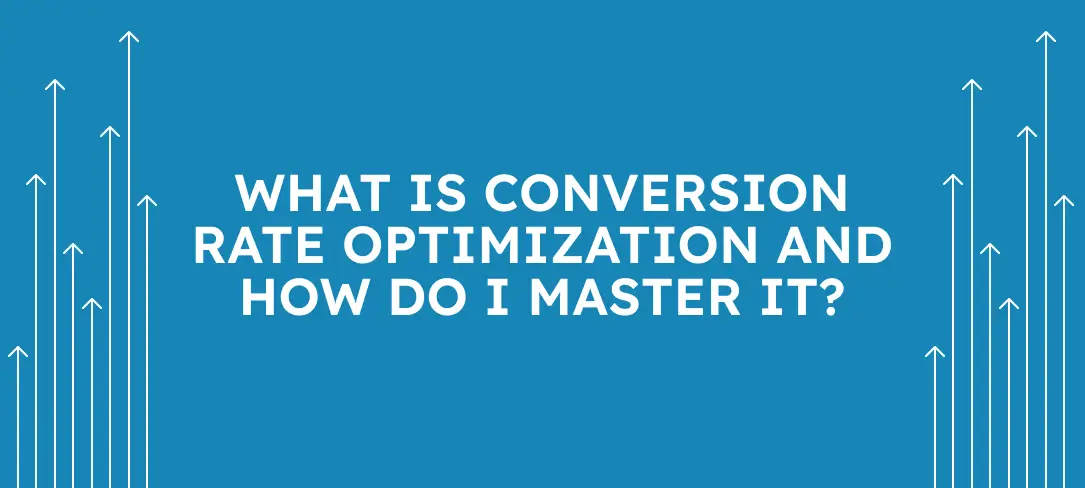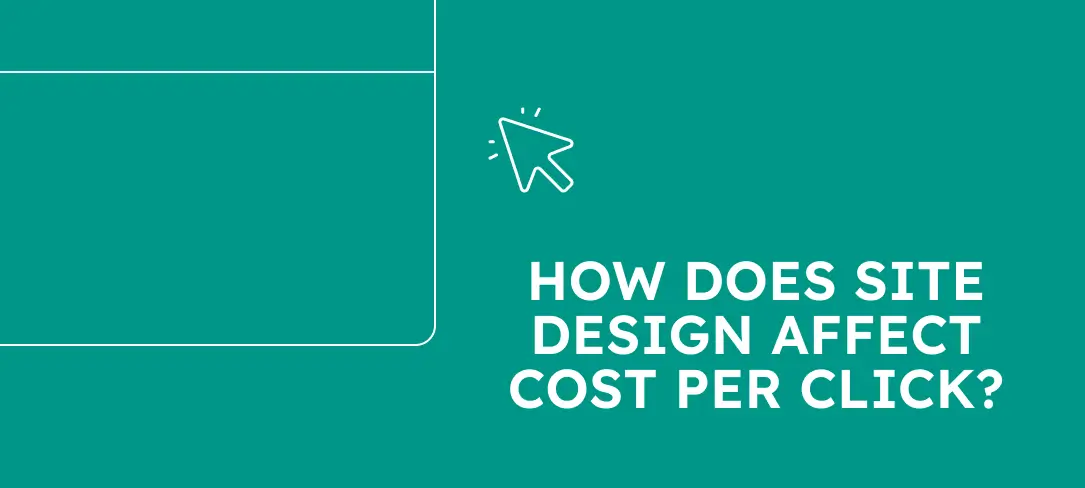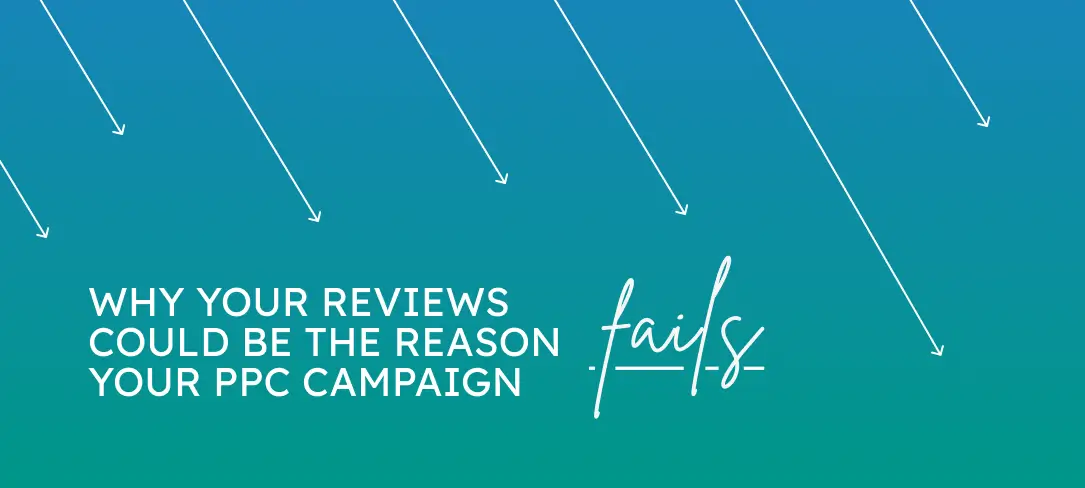A lot of property management companies get solid traffic, but the leads don’t always follow. You might see visitors checking out your pricing page or rental analysis page, but only a handful ever reach out. That gap is where conversion rate optimization comes in. And with more owners and tenants making decisions online, it matters more than ever.
Recent data shows that B2B service companies average about a 3.5% conversion rate, with top performers hitting as high as 15.9%. Property management usually falls a bit lower, mostly because owners shop around longer. So even small bumps in conversions can put you ahead of a ton of competitors.
At PMW, we see this every day. A few simple changes often make a bigger difference than people expect. So let’s walk through how this works in a straightforward way.
Key Takeaways
Most service sites convert around 3.5%, but top ones hit 15.9%, so even tiny tweaks can make your site pull in more leads.
One local business got 200 new reviews and saw leads jump 35%, showing that honest reviews and testimonials really work.
Over 60% of traffic is on mobile now, so if your pages load under 2.5 seconds and are easy to use, people stick around and take action.
What is Conversion Rate Optimization?
Conversion rate optimization is basically improving the percentage of people who take the action you want. Nothing complicated. It’s just helping visitors move from “looking around” to “doing something.”
For property management, these actions usually look like:
Requesting a free rental analysis
Filling out an owner form
Calling your office
Checking your pricing
Starting a rental application
You can spend money on SEO or ads, but if your site doesn’t convert, you’re paying for traffic that goes nowhere. Think of traffic as the fuel and conversion rate optimization as the engine that makes it useful.
7 Core Components of Effective Conversion Rate Optimization
Good conversion rate optimization means understanding what visitors expect and removing anything that slows them down.
1. Research and User Insights
It’s all about understanding what users actually do. The goal is to see where they hesitate, what they ignore, and what pushes them away.
Analytics Overview
This is your big-picture view. You check data-driven growth through traffic patterns, engagement, and where people enter and exit. If the numbers dip hard on key pages, something isn’t connecting.
Bounce Rate
A high bounce rate usually means the page isn’t answering the user’s question fast enough. It’s one of the first signs your messaging or layout needs work.
Scroll Depth
Scroll depth shows how far people get before they stop caring. If users barely move past the header, the top of the page isn’t earning their attention.
Drop-Off Points
Drop-off points help you see exactly where interest dies. It might be a confusing section, a weak CTA, or a layout block that feels like effort. This tells you what to fix first.
Heatmaps
Heatmaps show where people click, hover, or ignore. If users focus on the wrong areas or never reach important links, your layout isn’t guiding them well.
Session Recordings
Recordings reveal hesitation, scrolling back and forth, rapid exits, or users getting stuck. It’s the closest you get to watching someone use your site in real time.
User Expectations
All of this data helps you learn what visitors actually want when they land on your site. If they’re not finding it quickly, the rest of the funnel won’t matter.
A/B Testing
Compare two versions of a page or element to see which one performs better. Simple changes like headlines or button text can make a big difference.
2. Clear Value Proposition
People decide fast whether a page is useful. So the message has to be direct. Owners want to know what you do, how you do it, and if they can trust you. Tenants just want availability and the next steps. Clear, simple, yet high-quality content almost always beats clever lines. When these basics land, conversions usually follow.
3. UX Cleanup
A site shouldn’t feel like work. It needs to be easy to skim, mobile-friendly, and predictable enough that users don’t have to stop and think. When the UX and AX experience feels smooth, people keep exploring. When it doesn’t, they bail.
CRO teams usually check a few key signals to understand where things get rough:
Scroll depth
Form starts and completion rates
Tap or click patterns
These metrics help them spot friction, meaning the exact points where users hesitate, slow down, or get stuck because something feels confusing, heavy, or poorly placed. If people stall before reaching important paths like Free Rental Analysis or View Rentals, the navigation needs tightening.
4. Messaging Adjustments
This is where headlines, meta descriptions, and CTAs get tuned. CTAs need to be specific. “Get Your Free Rental Analysis” beats “Learn More” every time. CTA placement matters too. You want each CTA to appear where it naturally fits. Here, the numbers that matter are CTA clicks, form starts, and actual conversions. Tiny wording shifts can move those numbers more than you’d expect.
5. Trust Signals
Property management is all about trust. Owners trust someone with a major asset so your website needs proof that feels real. When visitors don’t have to guess if you’re legit, they convert more. In fact, one case study showed that a local service business generated 200 new reviews, which led to a 35% increase in conversions.
Key trust signals include:
Reviews – A real steady stream of reviews from past clients that shows your reliability and results.
Testimonials – Short, personal statements that highlight positive experiences with your services.
Case Studies – In-depth examples showing how you solved problems or achieved results for owners.
Local Market Stats – Data that demonstrates your knowledge and success in the area.
Team Photos – Humanizes your company and helps visitors feel a personal connection.
6. Technical Performance
Speed can make or break a session. According to Statista, 62.54% of global website traffic comes from mobile, and owners often check companies on their phones via Google Maps or local search. If your pages load slowly or shift around as they render, visitors won’t stick around. The best practice is to aim under 2.5 seconds website load time for both mobile and desktop.
CRO teams track metrics, like mobile conversions, page load time, and Core Web Vitals, to spot issues. Fast sites win. Slow sites lose.
7. Smoother Conversion Flow
Forms are usually the final choke point. Long, clunky ones push people away. Shorter forms almost always convert better, and you can always ask for extra details later. Things like PMW’s AMP, autofill, clean steps, and simple reassurance notes help people get through without second-guessing. Form completion rate and lead quality tell you if the flow is working.
FAQs about Property Management Conversion Rate Optimization
Do I need to run conversion experiments even if my website already converts?
Yes, since behavior changes over time. What works today might not work in 6 months. Ongoing experimentation, such as A/B tests, layout tweaks, and CTA variations, helps you spot new opportunities and keep improving.
How do I know which pages on my property‑management website to optimize first?
Start with the high-impact pages, like your owner lead form, rental‑analysis page, pricing page, and listing pages. Use analytics, heatmaps, and user drop-off data to prioritize where friction is highest.
How much does CRO cost for a property‑management website?
It depends since costs vary based on how deep you go, like testing, design, and analytics. But the real cost of not doing conversion rate optimization is often higher. Every small conversion lift can lead to significantly more owner leads and tenant inquiries.
Supercharge Your Site Conversions the PMW Way!
Mastering conversion rate optimization is one of the easiest ways to grow a property management business. Clear content, straightforward CTAs, simple forms, real trust signals, fast mobile performance, and steady testing create a system that consistently brings in more owners and tenants.
When PMW builds sites for property managers, we keep conversion rate optimization in mind from the start. We focus on clarity, speed, trust, and simple navigation. Then we layer on SEO, ads, and analytics so the site attracts visitors and turns them into leads.
Ready to turn more visitors into property owner leads? Start optimizing your site today and make your business faster with PMW!






